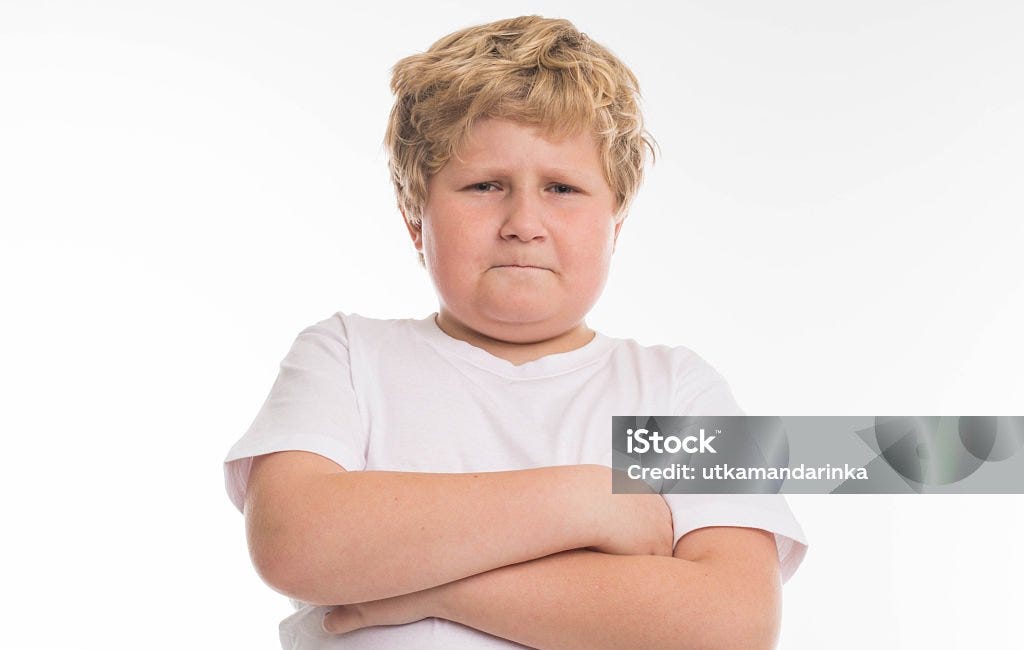Jokes from the Pulpit and a Hierarchy of Sins
I listened to a lot of sermons as a small child. Long before I could be expected to understand what the preacher was saying, I was expected to sit quietly and to behave as though I were listening. So, I listened. One Wednesday evening at prayer meeting, our evangelical Baptist pastor was enumerating the various sinful behaviors we much try to avoid. There were rules about the way the women should dress. There were forbidden forms of entertainment. We were admonished to treat our bodies as ‘temples of the Holy Spirit,’ and therefore to avoid smoking and drinking wine or strong drinks. “AND,” Pastor Cooper said emphatically, “it is a sin to drink Coca-Cola.” I was only eight, but I was observant enough to recognize that the congregation was uneasy about this dictum. A new sin to avoid. Pastor Cooper, with perfect comedic timing, let us sit in silence for a few uncomfortable breaths, before explaining that it was a sin to pay five cents for Coca-Cola, when you could get twice as much Pepsi for the same nickel. The congregation erupted in relieved laughter.
I still remember this joke from the pulpit, sixty-some years later because I puzzled about it for weeks. What was so funny about the sin of spending unwisely? And why was it completely reasonable that we should avoid playing card games, but altogether comical that we might be required to avoid drinking Coke? InFebruary of last year, I wrote about the moral puzzlement I experienced in the second grade about the sin of dancing (see link below). My mother had assured me that God would understand if I committed a sin in order to offer kindness to a person in need. Now, about a year later, I thought that some sins might be more sinful than others, and I was working hard to establish a reasonable hierarchy.
The fact that I pondered such things during early childhood may explain the fact that in adulthood, I became fascinated with research by Larry Nucci and colleagues showing that even very young children make a distinction between moral imperatives (e.g., ‘Don’t hurt others’) and social conventions (e.g., ‘Wear the clothing expected for your gender and social station.’). Elementary-school-aged Amish children accept the possibility that God could change the rules and require the Amish people to wear shining gold necklaces, instead of avoiding such decorations. These same children are quite sure, however, that God could never command them to be disrespectful to their grandparents. God just wouldn’t make a commandment like that. Nucci and his colleagues have focused on a domain of personal prerogatives that are not given moral weight. If you fail to wear your sweater, you may be chilly, but you will be considered imprudent, not immoral. Children (and especially teens) are much more resistant to our efforts to influence their decisions in the ‘personal’ domain than to our efforts to encourage moral behavior. Teens become acutely aware that the social conventions change over time, and they are often eager to participate in this change, but they are likely to agree with their parents on matters of morality.
Perhaps I was an unusual child in my inclination to listen to sermons. Maybe I was even more atypical in my inclination to ponder them for weeks and to remember them for half a century. I was not atypical, however, in my recognition that spending money unwisely is a different kind of misstep than wearing pajamas to school, and that both of those are qualitatively different from being unkind. These insights are very typical in elementary school children. Truly, most of them are moral philosophers.
The Sin of Dancing
I’m departing this week from my practice of sharing stories by elementary school children. I’m going to share a memory from my own childhood. I have many memories of childhood puzzlement and those memories undoubtedly have nurtured my curiosity about how children think. I used to think that I was a very strange child – much more concerned with philos…





